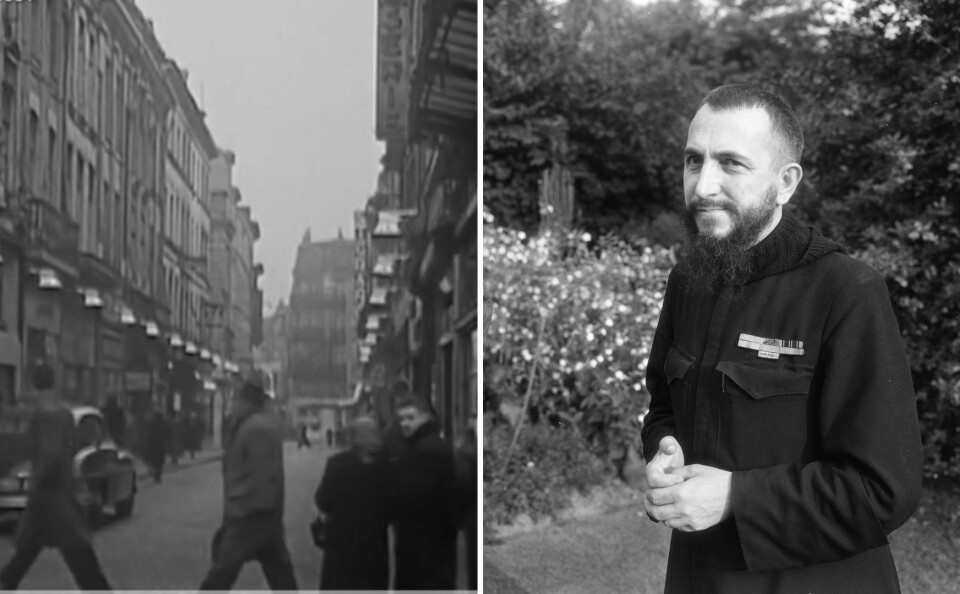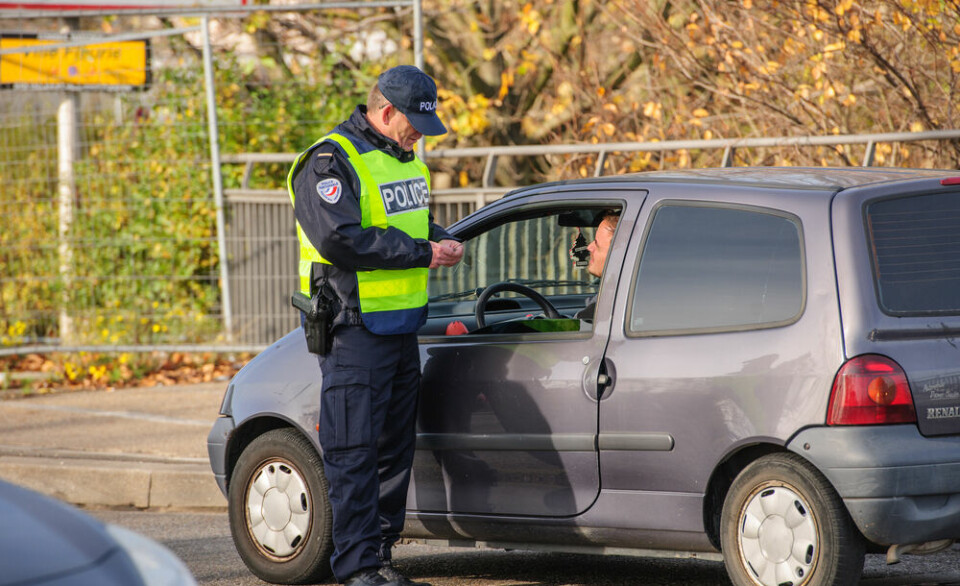-
Martel: the medieval French town home to a 'truffle' train and lavender festival
The small town in the Lot offered refuge to an English throne heir until his death
-
Brittany lighthouse lens removal leads to public outcry
A petition gained over 20,000 signatures, highlighting the ongoing battle over the buildings' heritage in France
-
Did you know? France invented the strawberry
As strawberry season gets underway, you might be surprised to hear that garden strawberries originated in France and can be used in many ways
Did you know? Lille installed France’s first street heating system
The 1954 experiment was prompted by a severely cold winter that killed many and led Emmaüs founder, Abbé Pierre, to appeal for help

Lille was the first French city to introduce street heating installations in 1954, a feature that today appears in stark contrast to our current struggle to reduce carbon emissions.
However, back then, it was deemed an appropriate measure to fight the fierce winds and freezing temperatures of that particular harsh winter.
News archive found
The heaters made television headline news, as revealed by the Institut national de l’audiovisuel (INA), a repository of all French radio and television audiovisual archives, in a clip that was unearthed in a timely manner last year, when France forbade terrace-heaters in restaurants and brasseries as part of its ‘Loi Climat’ to fight global warming.
“Rue Neuve has become France’s first air-conditioned street,” said the journalist in the clip, referring to one of Lille’s most popular and crowded streets in the city centre.
The street was covered by radiant heaters installed above shopfronts.
The 40-second news item shows a man proudly taking off his overcoat (such is the welcome warmth from the heater above) while the story ends by comparing Lille to the Côte d’Azur – traditionally appreciated for its warm weather – as a lady emerges from a shop wearing a sun hat and mini-skirt.
Paris shortly followed Lille by installing an infrared heating system on Rue Tronchet, the INA reported.
Read more: What happened to France’s ban on restaurant terrace heaters?
Read more: France’s new patio heater ban: Can I still use one in my garden?
Harsh winter was fatal
The reason for Lille’s heating experiment lies in the fact that the winter of 1954 is known for being one of the harshest the country experienced during the 20th century.
That winter is also known for having propelled Abbé Pierre into mainstream fame.
Northern France was first struck with below freezing temperatures from January 1-9 but the cold turned nationwide from January 22 until February 7, paralysing the country with frozen rivers and ports such as Dunkirk.
Temperatures as low as -25°C were recorded in Luxeuil-les-bains (Haute-Saône), -21°C in Mulhouse (Haut-Rhin), -17°C in Nancy (Meurthe-et-Moselle), -16°C in Reims (Champagne) and -13°C in Paris (Ile-de-France), according to Météo France.
The cold temperatures killed several babies and rough sleepers and shocked French people, who were aware of the dire housing conditions most people endured as the consequences of World War II.
Emmaüs founder led charity appeal
Enter Abbé Pierre who – appalled by the situation – took to the airwaves of Radio Luxembourg on February 1 and called on the government and the people of France to open more sheltering centres and their homes, as well as to provide 5,000 blankets, 300 tents and 200 wood-burners by the next day.
Emmaüs, a charity organisation Mr Pierre had founded in 1949, received the equivalent of €18 million in a couple of days, including from French celebrities Charles Trenet, Yves Montand and from American actor Charlie Chaplin.
The funds collected would prove helpful two winters later, as France battled more freezing-cold temperatures.
However, no news organisations reported on whether other towns followed in Lille’s experimental footsteps.
Related articles
Did you know? A decoy Paris was planned in WW1 to trick German bombers
How French chocolate bars inspired Willy Wonka
Managing one of France’s biggest charities ‘makes life worth living’
























